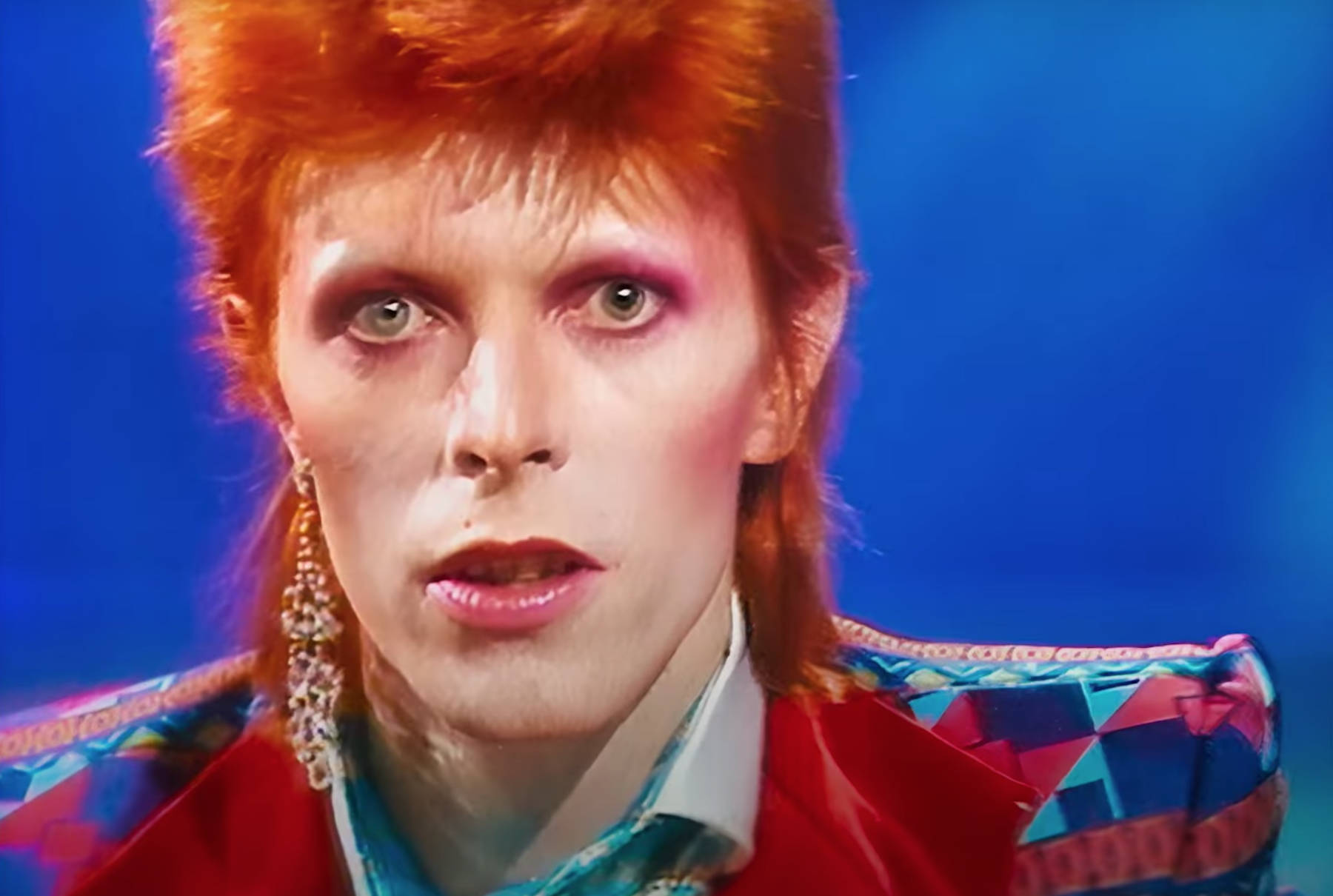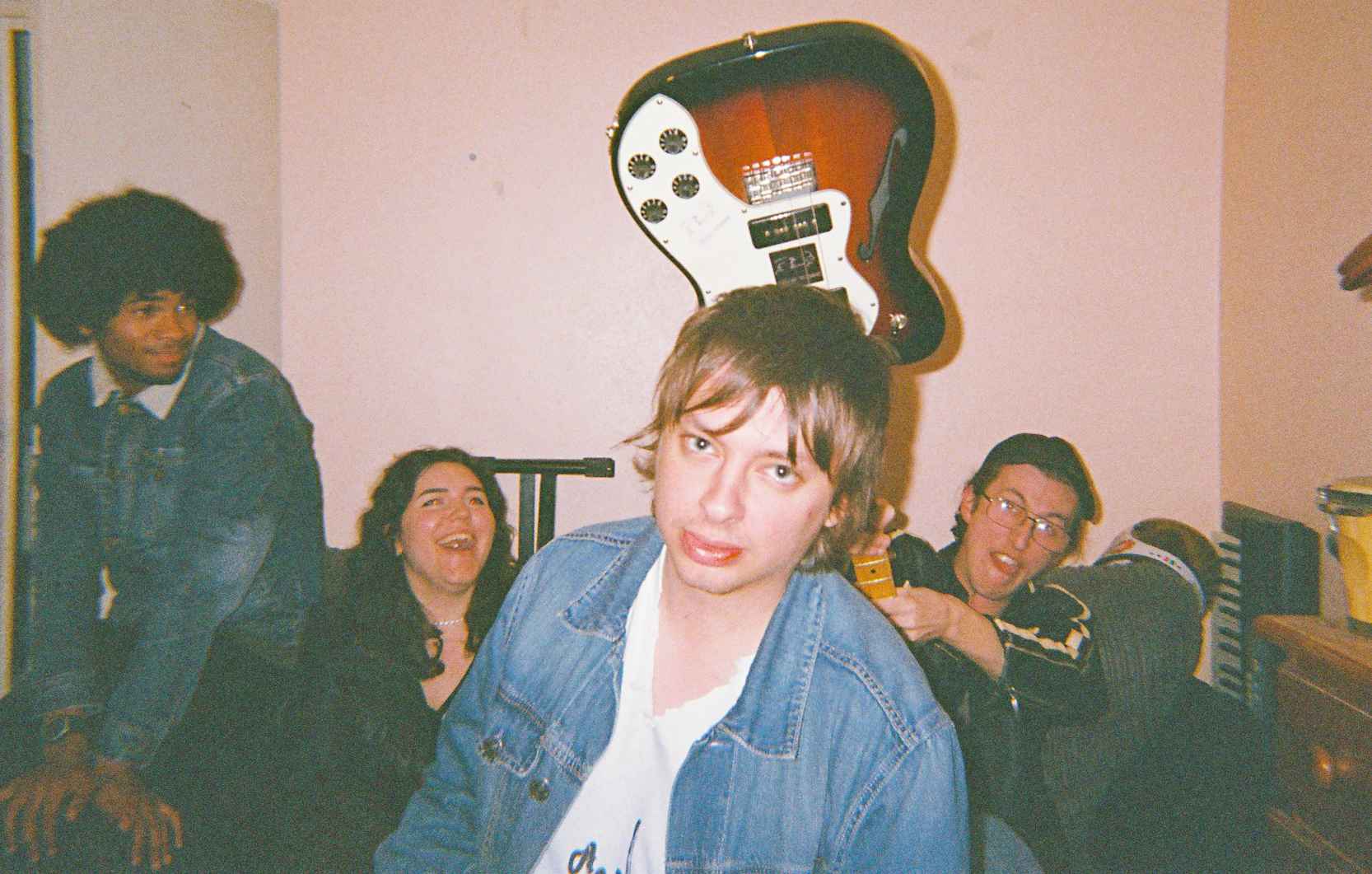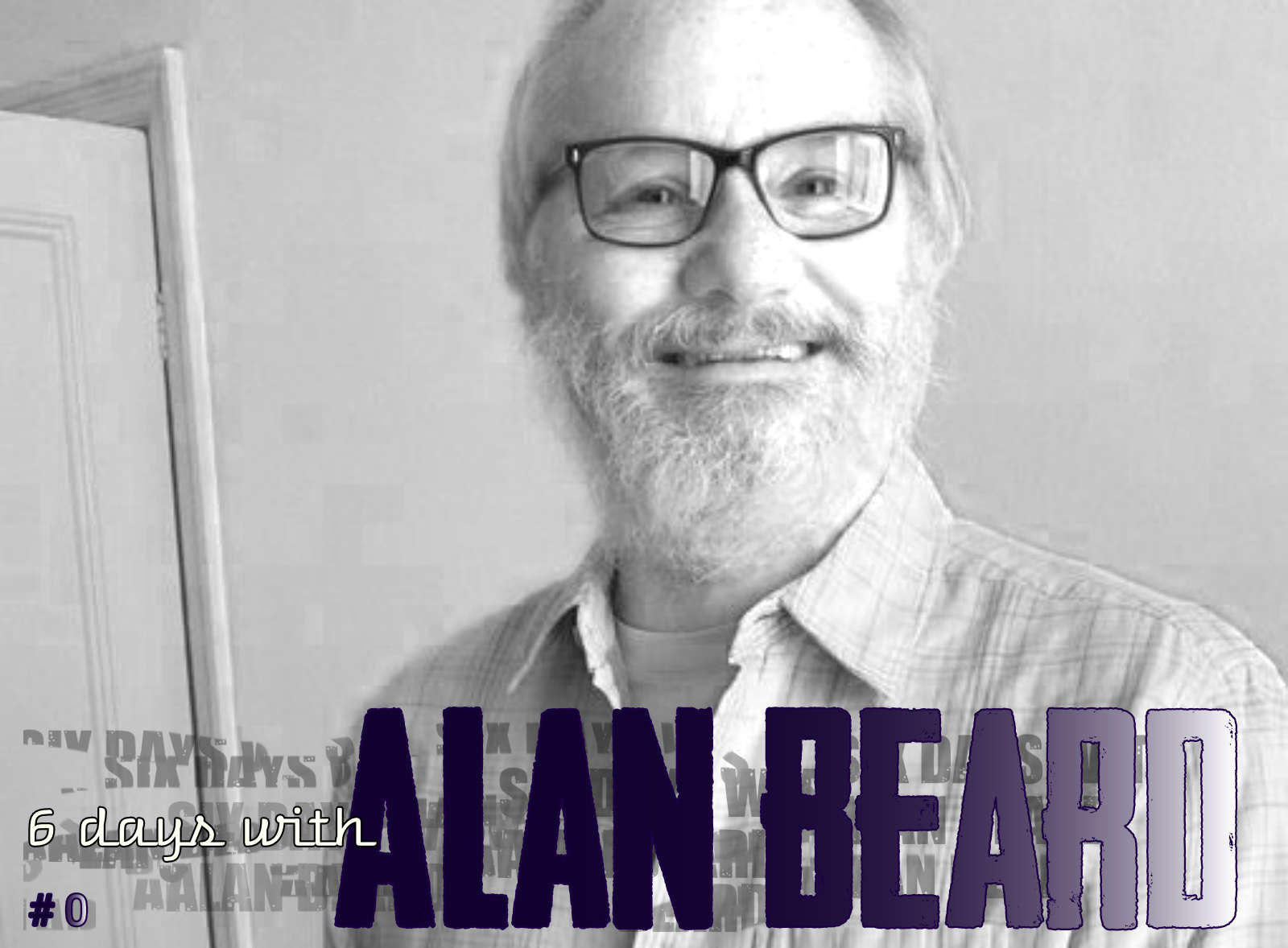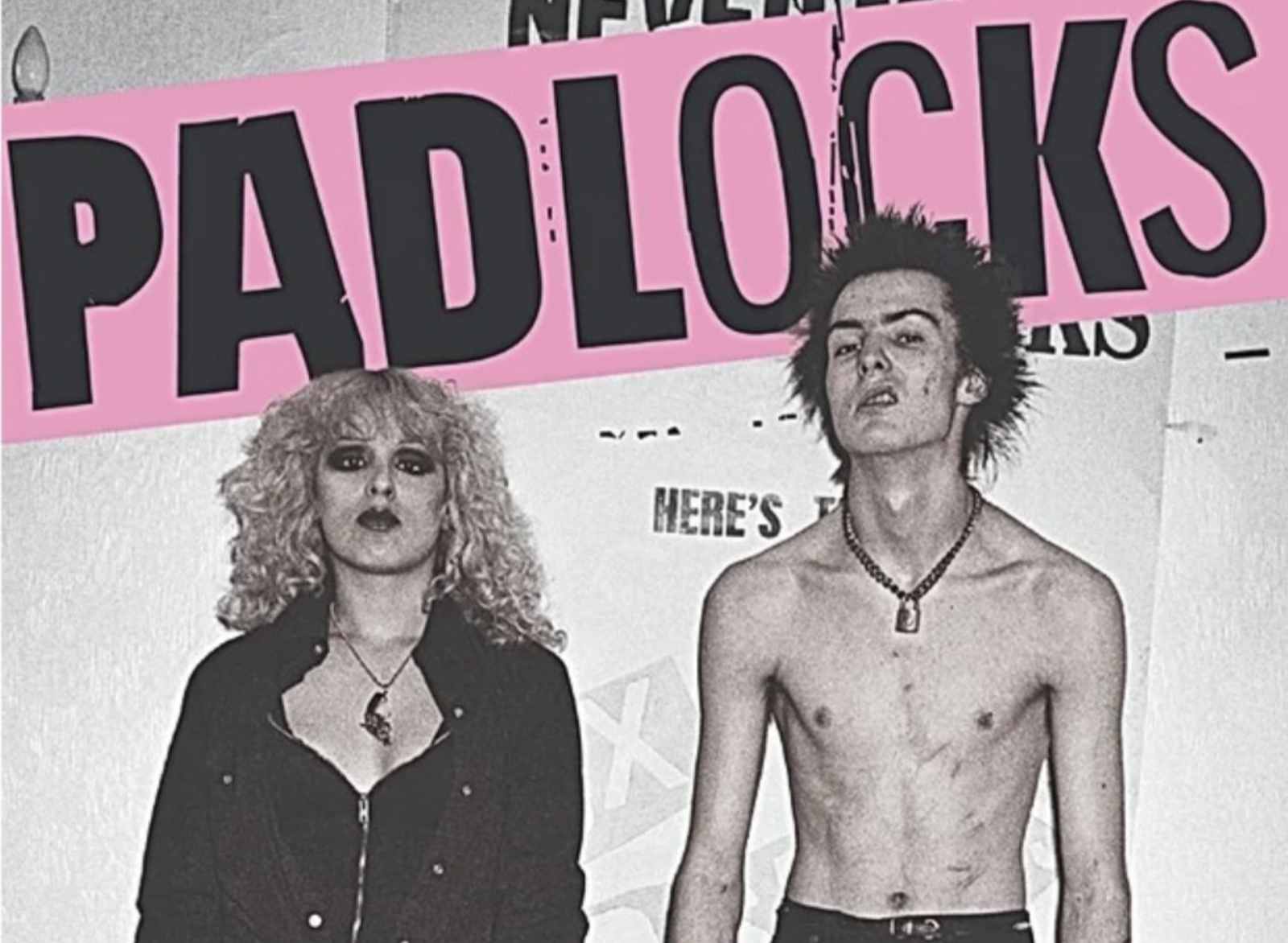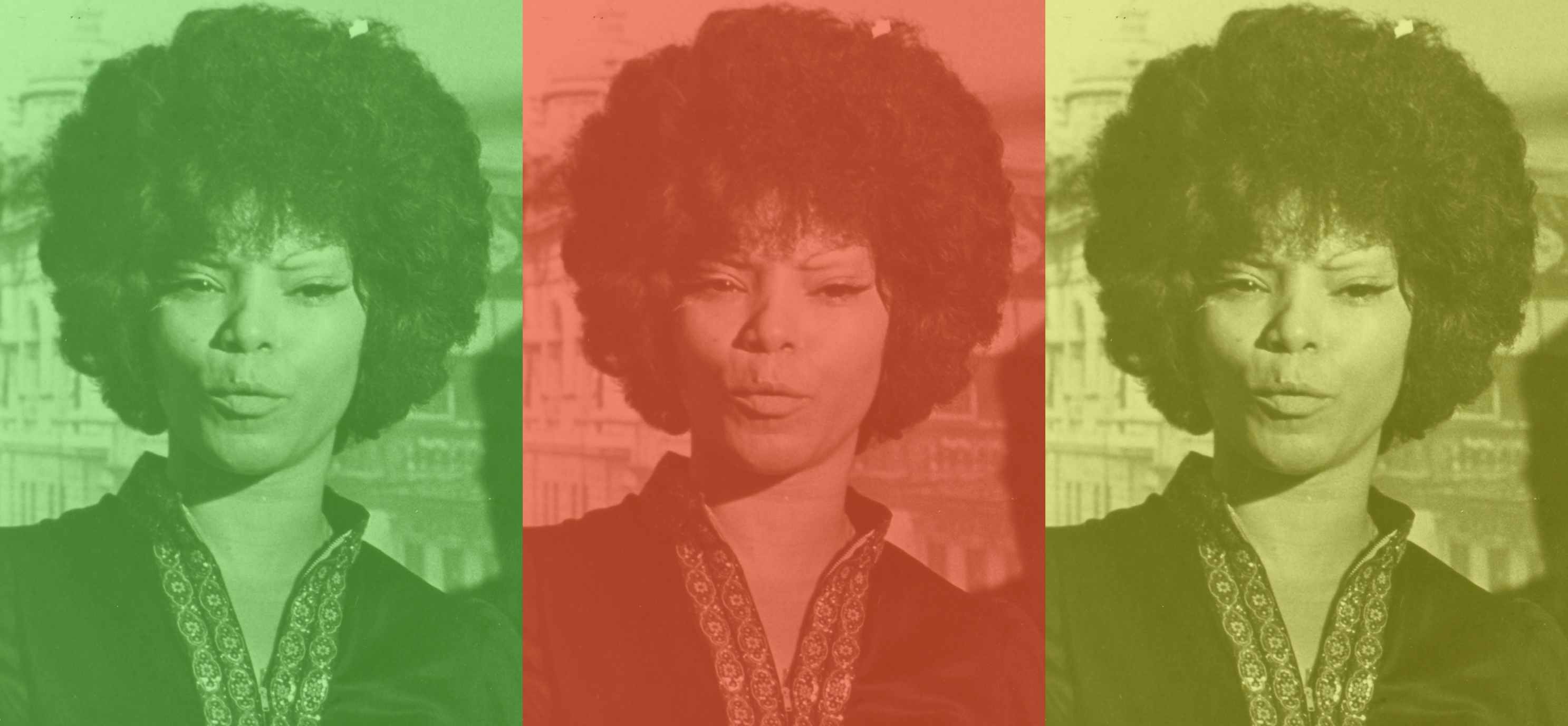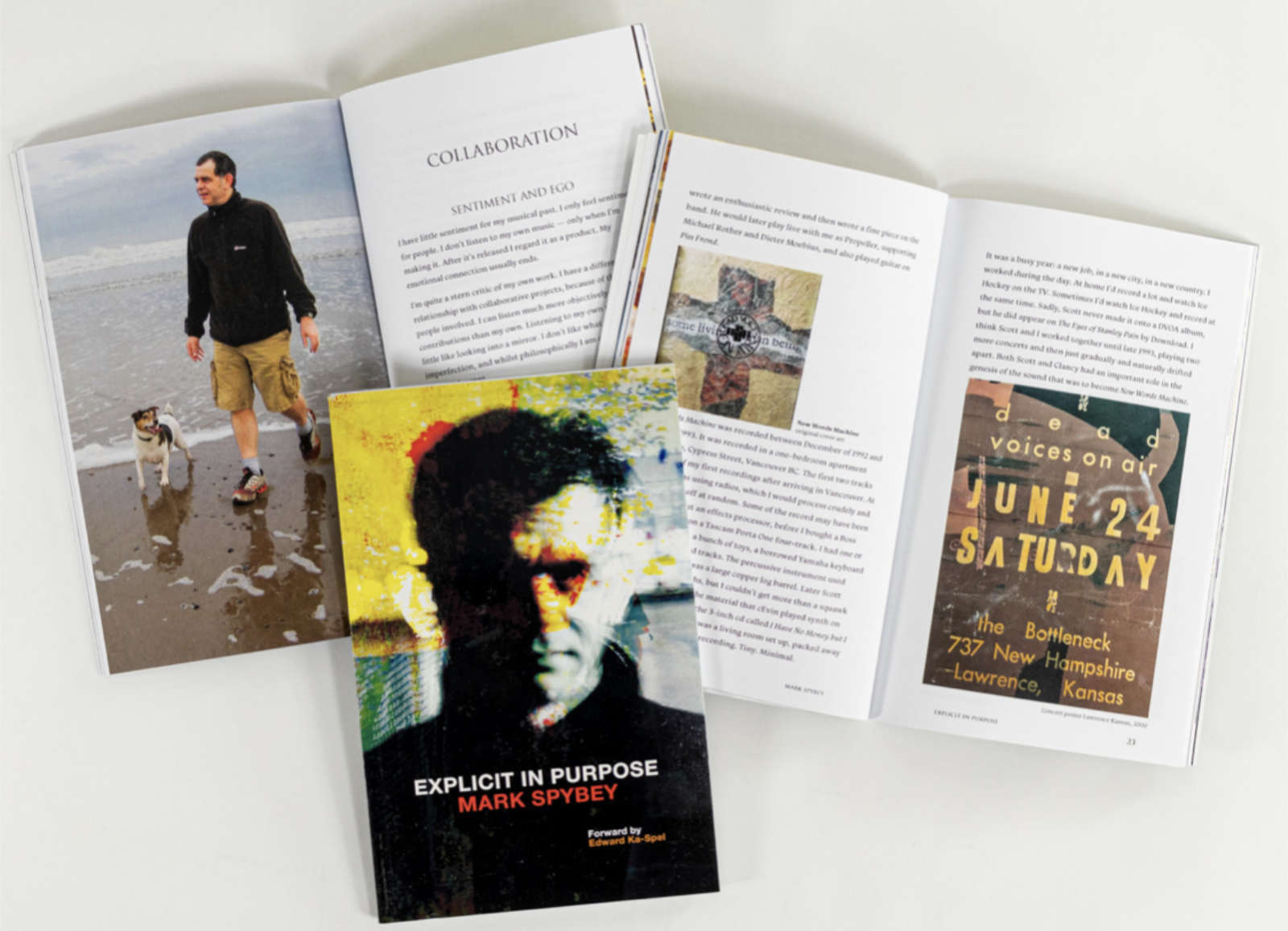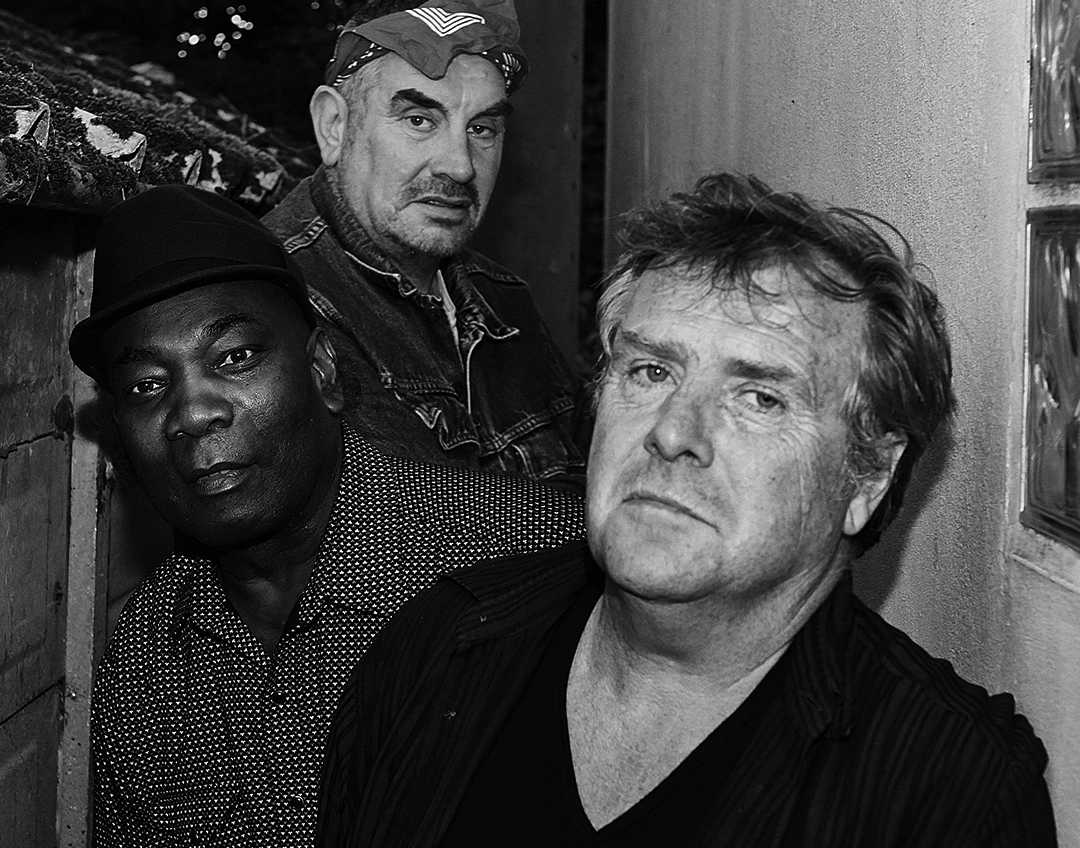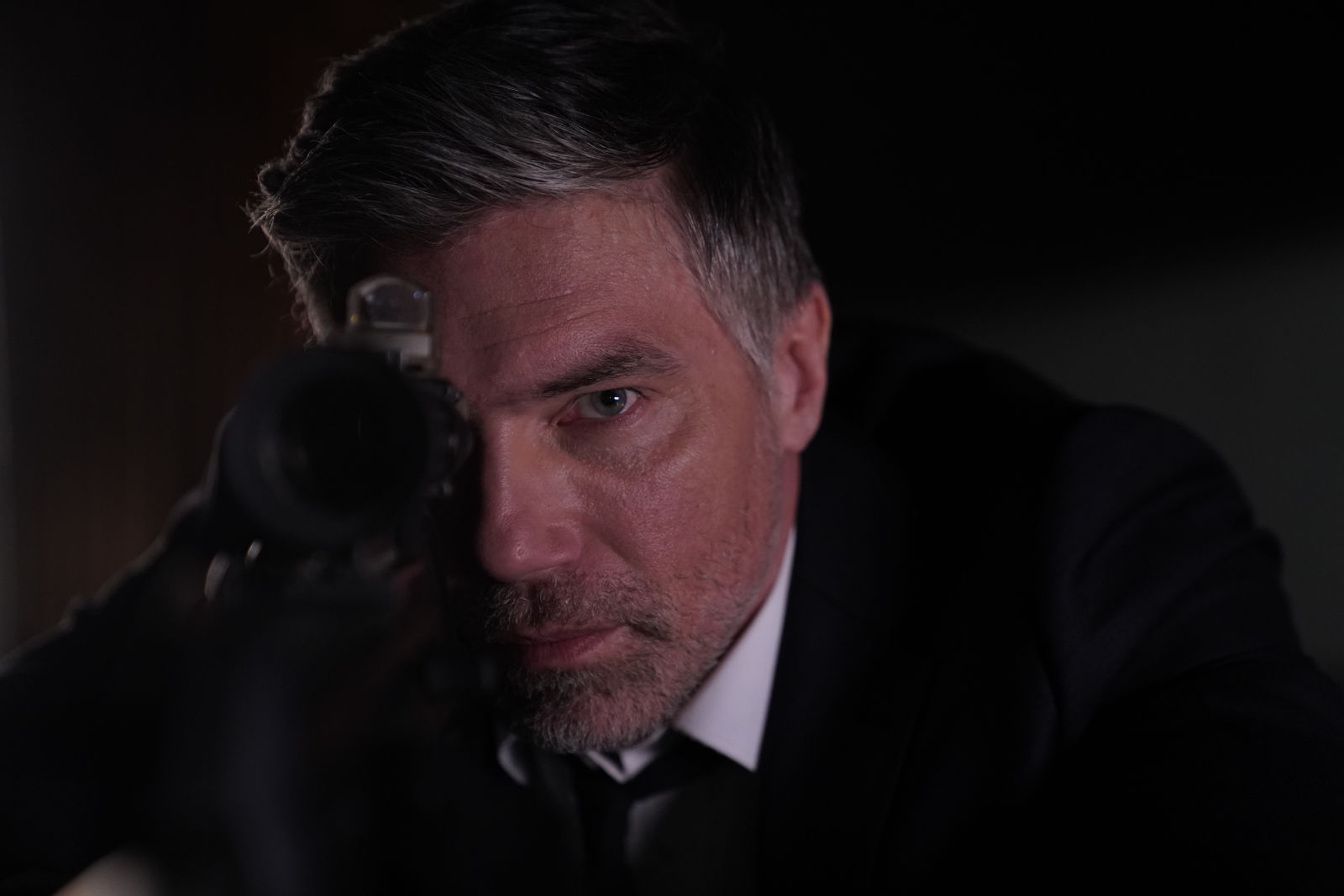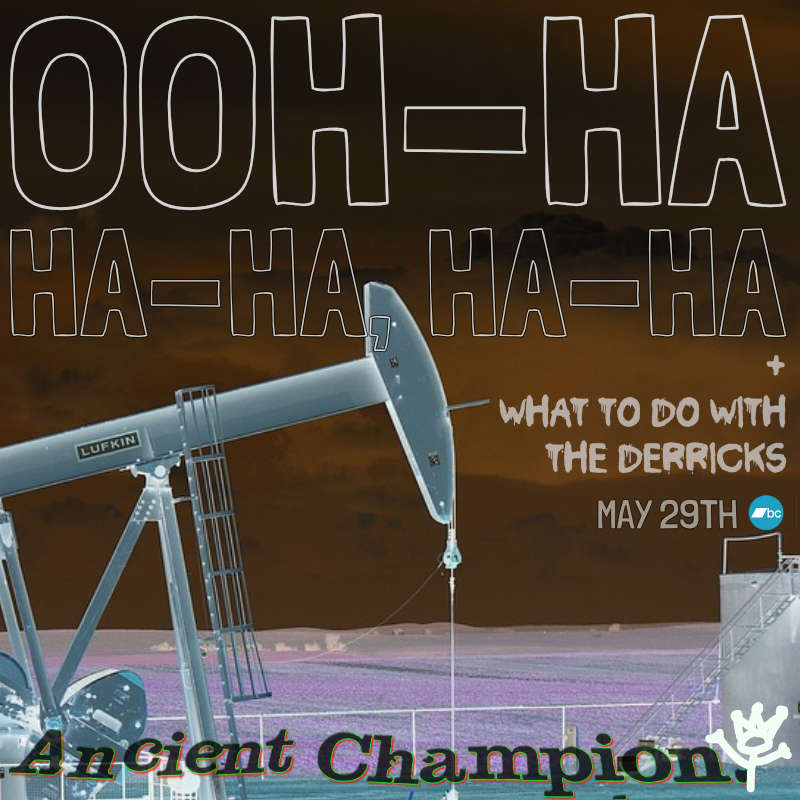Moonage Daydream ()
Directed by Brett Morgen
Starring David Bowie
Running time 2h 14mins
Brett Morgen's Moonage Daydream, 15 years in the making, is very different from the recent more traditional biopics of Elton, Freddie, and Aretha, but you’d expect that from an artist with as many ch-ch-ch-ch-changes as David Bowie. It is not a traditional biopic, there are few lingering memories of either Bowie's childhood or his parents, it is seemingly brushed over in 70s UK TV interviews although there is a revealing comment on his stepbrother, who lived long-term with schizophrenia (before committing suicide in 1981) and some mention of David being open to using his own ‘demons’ to drive his ideas and songs.
Much of the film addresses early 70s Bowie - Ziggy and Aladdin Sane, lots of live footage, BBC interviews; Russell Harty is soft and purrs over an androgynously dressed and made-up David. This period, emboldened with vox pop stock footage of made-up and dressed-up 70s fans, eschews broader debate about the anti-intellectual response to the 1960s pop culture leaders. Lots of similar-looking live footage, and extracts of the same contemporaneous interviews re-cut. At this stage, there’s very little analysis of Bowie’s contribution to music, the only real references to pre-fame musical influences, are his self-proclaimed mod style and status. There’s no mention of his earnest but less successful forays into pop. But this glam period (well aren’t they all, darling!), perhaps the one most people adored, consumes the first third of the film. This is the era where Bowie’s total control was less well exercised and so it’s more free-wheeling.
Less oblique references to Bowie’s songwriting technique, and how external influences contributed to and shaped his art occur later in the film. There are a lot of quasi-philosophical statements, to contend with, often set disconcertingly to extremely close, close-ups of the man. Offering unfiltered authenticity? Some make sense, some do not, and some references to power and authority are questionable. There’s a lot of filler, a camera following a well-styled hair cut, down an escalator, often in Japan. There’s a blonde well-styled head and hat, is it David, is it a body double, does it matter? There’s the real David, riding around in LA, and the same blonde head, repeated use left me asking why. Interspersed too, much-unidentified footage from Nic Roeg’s The Man Who Fell To Earth… With Bowie in a role, no one else could have played. Just as curious, the repeated use of early 70’s lava lighting, and fast cuts of sci-fi classic films, and stock news footage, a reference perhaps to his postmodern eclecticism that he wishes was apparent in his music.
There are definite chapters to the movie, mirroring the jerky mid-career gear changes as almost all cursory Bowie watchers will attest. Less career development, more rock 'n' roll suicide. The next slice of Bowie time is the Berlin period, Heroes and Low, and work with Brian Eno. Bowie’s own commentary offers the most insightful revelations into technique, and the effects of Berlin and Eno on his music, on his paintings, usually portraits, which roll through towards the film’s last minutes. The Berlin phase involves cars, streets, Berlin views, without Bowie in many of them. But there’s some great live footage from this period, some of Bowie’s most successful and intimate pieces reinterpreted by a live band for mid-size music venues. Lights, stage, crowd, action.
The more commercial periods, Scary Monsters, and Let's Dance, gets an outing, fans, Nile Rogers goes unmentioned. Sacrilege! (says Nile). Some great concert footage melded together of David Dancing, and the classic video, Ashes to Ashes, cut with other pseudo psychedelic scenes, and sci-fi effects. Overall this section glides by. But there is some insight, as he falls in love with Iman, and talks about how this changes how he writes, and what matters in his life. Ch-ch-ch-ch-changes 30 years on.
Perhaps this is one of the film’s disappointments is the unquestioned myth of David ‘The Enigma’. Reinforced by selected footage, fast spliced, carefully edited interviews, and his own commentary, running onto the stage, climbing out of cars, walking up stairs. Sadly there was a regular repetition of ‘travelling footage’, ‘concert footage’ and the same stock, war, space launches, 2001 a Space Oddity, and Metropolis, world-famous films, none a surprise. There’s little attempt to present any insight, other than regular comments from David himself that his different characters presented in the 70s and 80s, were used as a defense. To hide behind. At times he does look and sound vulnerable, but is this an act, a show, a wall to hide behind? That’s for us to decide. A cracked actor? But the film doesn’t answer questions about Bowie, simply because it never really asks any.
If you’re hoping for some insight into Bowie’s life, and how he coped with, and made those famous changes, there’s nothing really here. If you’re looking for some ideas on his inspiration, there are all too few of those, a few in the Berlin period, others in his Far East travels. These are interludes, spliced into concert footage from the later periods, that capture an outstanding performer on the top of his games, as Ziggy, Aladdin, Thin White Duke, and the Dance Man.
Did I enjoy it? Yes. I’ve never seen Bowie in the flesh, live and direct, and this film helped me realise that I missed something special. Do I feel I know more about Bowie the person? There was all too little I hadn’t read in the press already. 70s interviews outlined, and video footage, highlighted the mime, kabuki theatre and stage influences. The best parts of the film for me, Ashes to Ashes video, a classic, Bowie’s painting - some need more time to see the sitter’s souls and his reach into other disciplines beyond music. AND the last long scene, with the lines ‘The sun machine is coming out, and we’re gonna have a party '. And that’s what the film was, a high-speed, fast-cut, sharp-edged celebration of Bowie’s musical and artistic high points. One final party for the fans.
Essential Info
See Jay Lewis' review of the Moonage Daydream soundtrack LP here
